Judy Bowman: Gratiot Griot
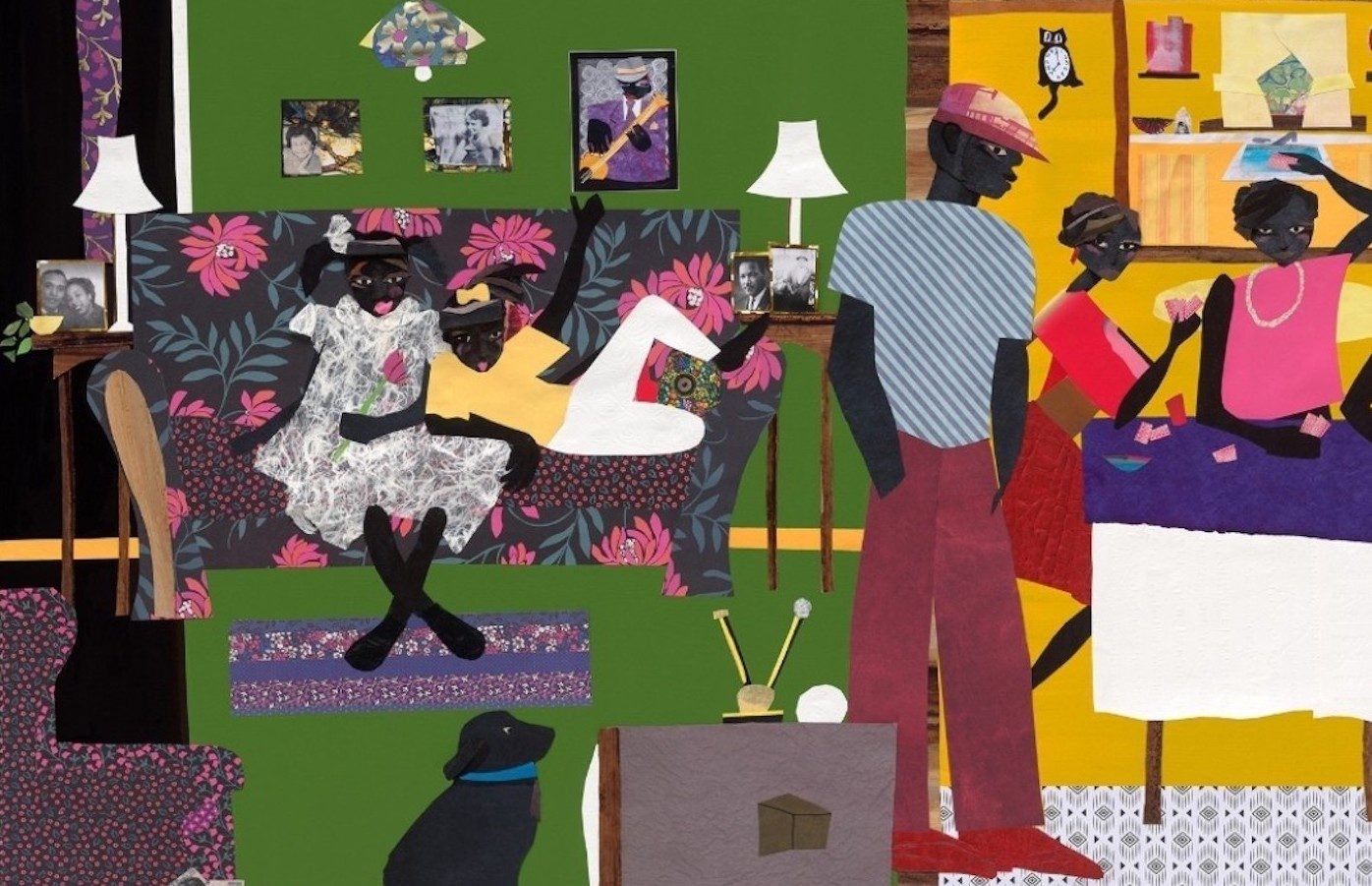
Judy Bowman: Gratiot Griot
The Museum of Contemporary Art Detroit(MOCAD) announces Gratiot Griot, the first solo museum exhibition of mixed mediacollage artist Judy Bowman. This exhibition will present new works alongside older collages by the artist that invite viewers to engage with the rich cultural tapestry of life across the African diaspora. Gratiot Griot will be on view at MOCAD from October 29, 2022 – March 25, 2023.
Born and raised in Detroit’s legendary Black Bottom neighborhood, just off of the iconic Gratiot Avenue, Bowman creates visual works inspired by stories of African American life. Collaged images depict and highlight the intimate landscape of neighborhoods, homes and gathering places – the iconic Belle Isle, cozy and colorful living rooms and popular street corners filled with small local businesses – that encouraged Bowman’s development as a griot. In West African tradition, a griot is a storyteller who, through creative performance, preserves and shares the cultural legacy and histories of their people. Gratiot Griot highlights Bowman’s extensive career as a storyteller.
Bowman’s family moved from Georgia to Detroit, MI in the 1950’s so that her father could work inthe factories and provide a middle-class lifestyle. When they first moved to the city, friends opened their arms and their home in Black Bottom to Judy’s family, which quickly set the tone for the soulful relationships their community would always stand for. Friends became like relatives, living together for years at a time. When Bowman’s father purchased their own house, they continued to pay the support and generosity forward, over time welcoming 21 different families to live with them. This infinitely influenced the artist, whose collaging is reflective of the familial assemblage. Like the members of the community depicted in her work, the handmade archival paper she combines comes from many places.
Sourcing paper worldwide has lent itself to Bowman’s ability to depict Detroit swag. She recreates mixes of colors, textures and patterns attributed to local fashions and home interiors that are as vibrantly decorated as the outfits her family and friends are known for wearing. It was of great importance to her father that everyday the family would make a ritual of bathing afterwork or school and dress in their finest for dinner. This custom led her siblings and cousins to express themselves through style, and the future artist applied it to her collages, coordinating paper in the same way that everyone else was coordinating their apparel.
Like the cultural traditions of craftsmanship, the bond and importance of family is understood internationally like an unspoken language of its own. As such, Bowman’s body of work, though specific to Detroit’s historical Black Bottom and the generations that now make up the city’s community, bonds an audience with emotive storytelling.
Gratiot Griotis organized by the Museum of ContemporaryArt Detroit. This exhibition issupported by the Ford Foundation and Karen Bacon
View more from
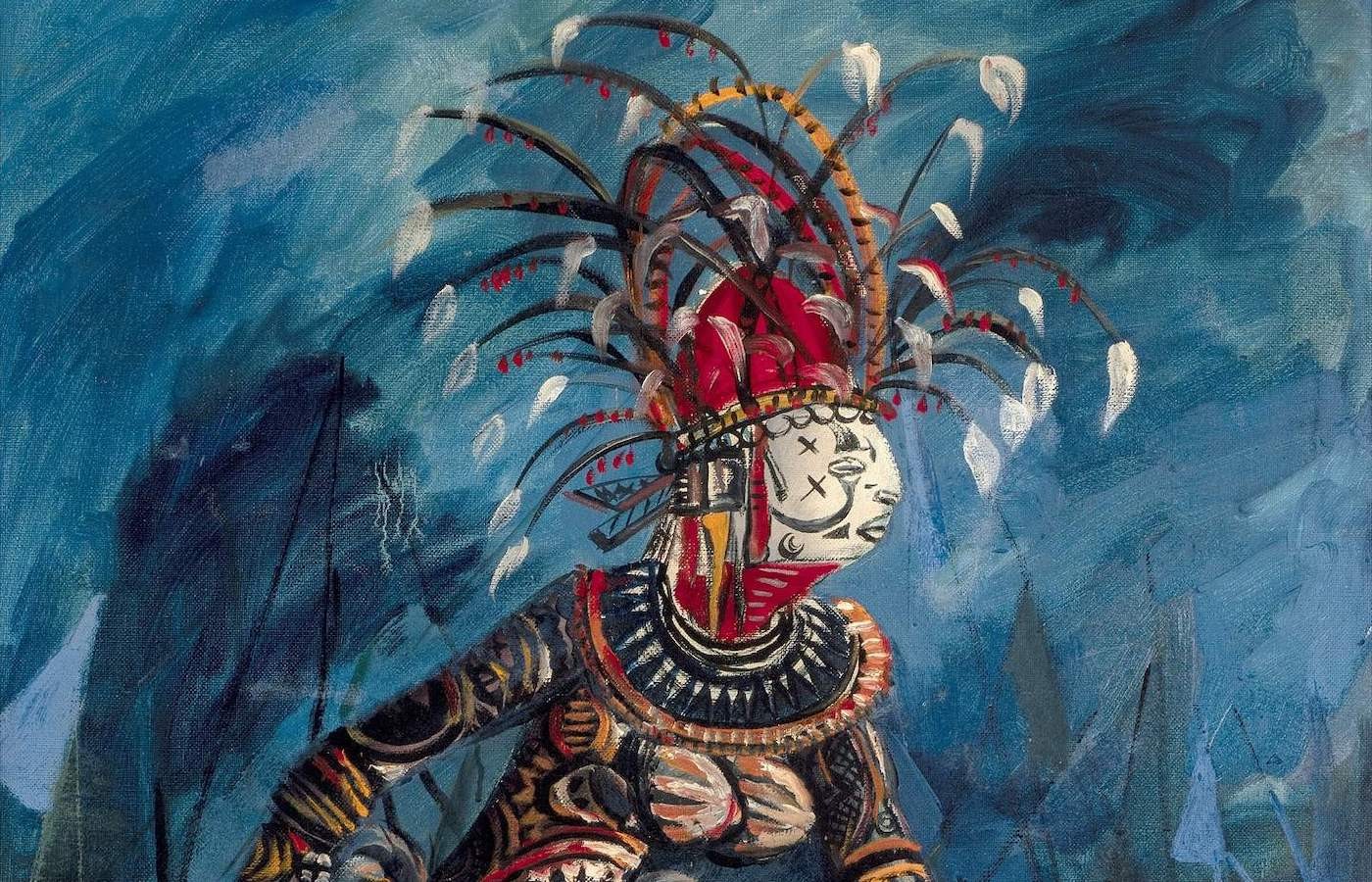
Nigerian Modernism – Group Show
Oct 8, 2025–May 10, 2026
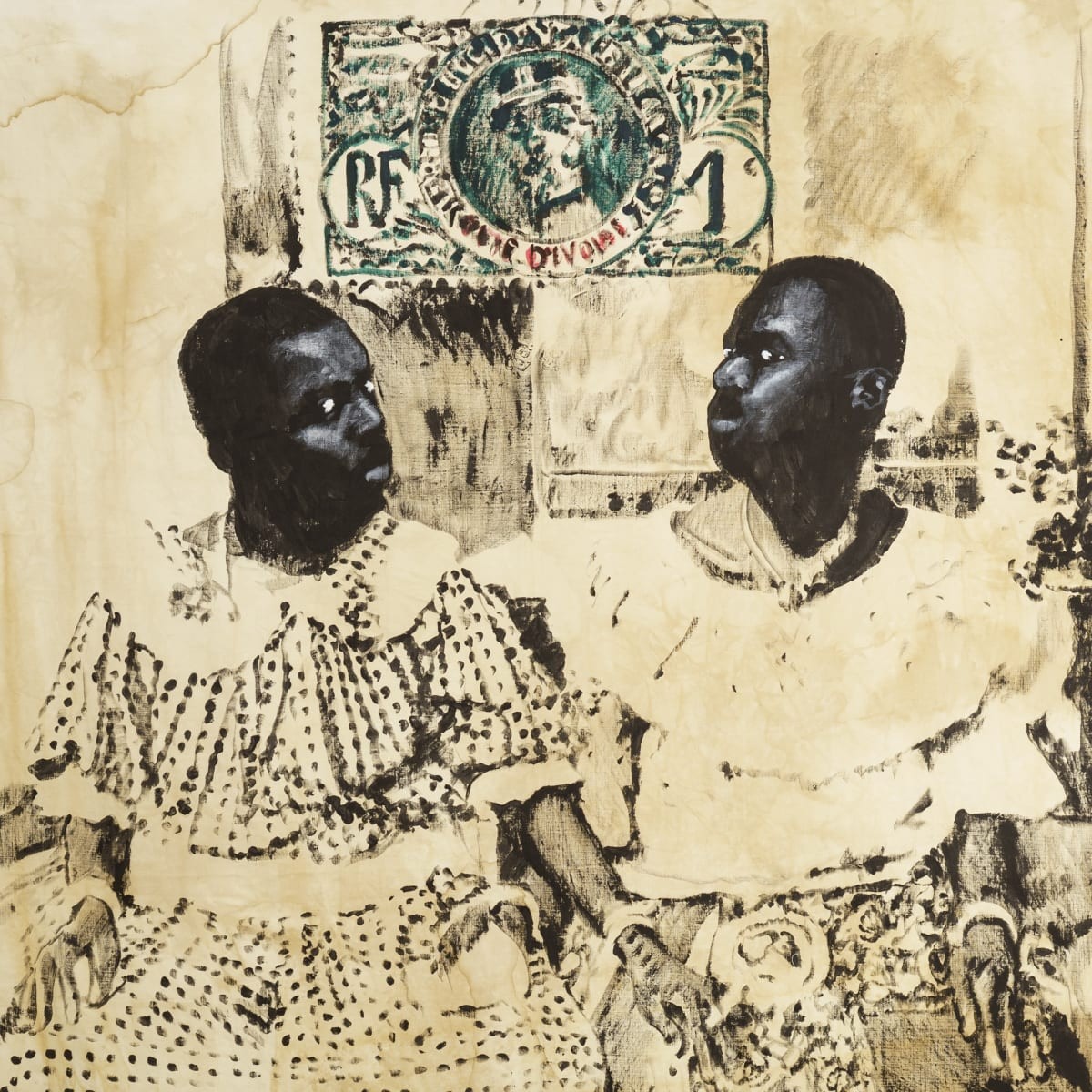
Roméo Mivekannin: Correspondances
Oct 2, 2025–Mar 21, 2026

The Writing’s on the Wall (TWTW)
Sep 13, 2025–Mar 14, 2026
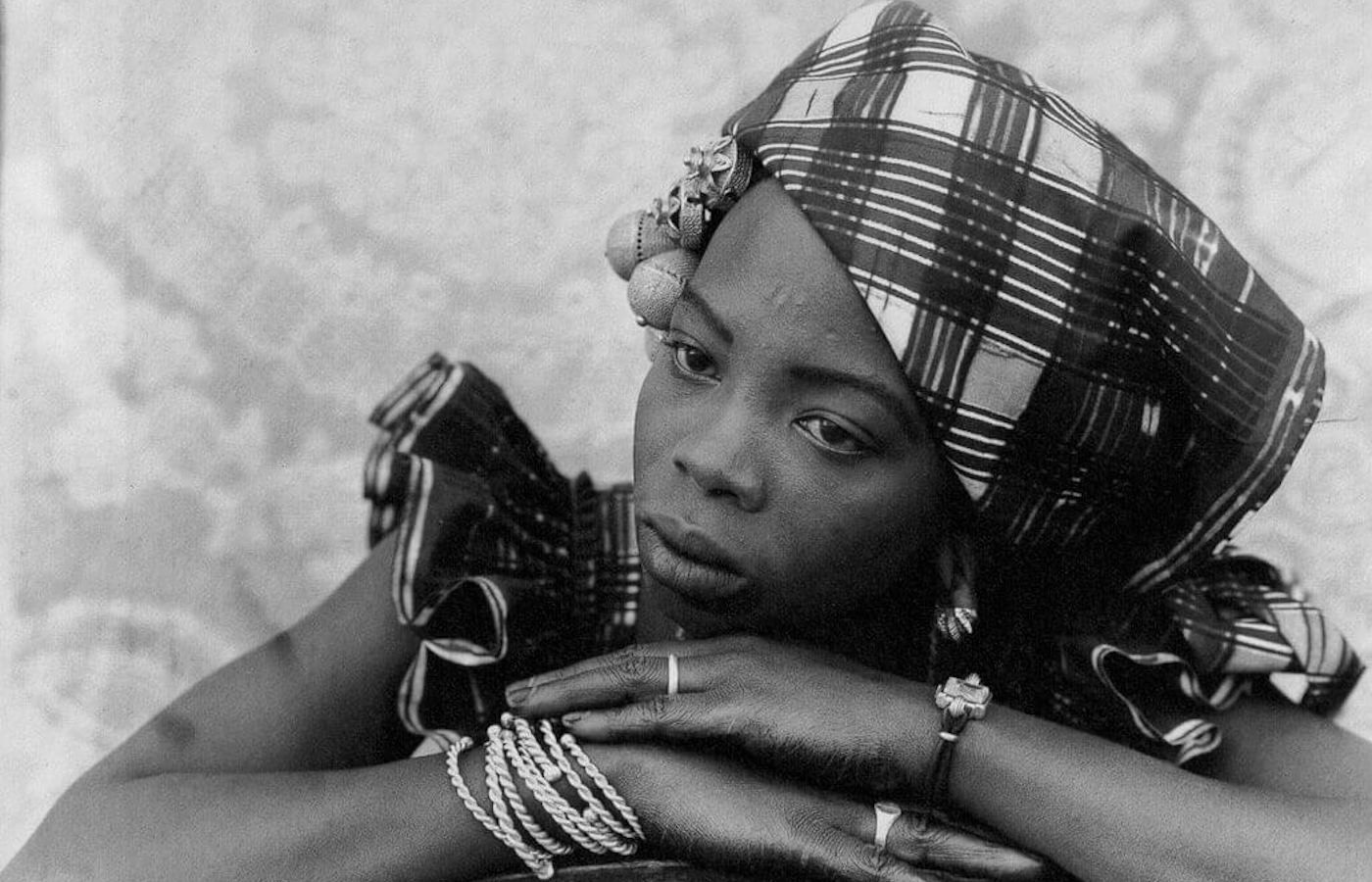
Seydou Keïta: A Tactile Lens
Oct 10, 2025–Mar 8, 2026

ECHO DELAY REVERB: American Art and Francophone Thought – Group Show
Oct 22, 2025–Feb 15, 2026
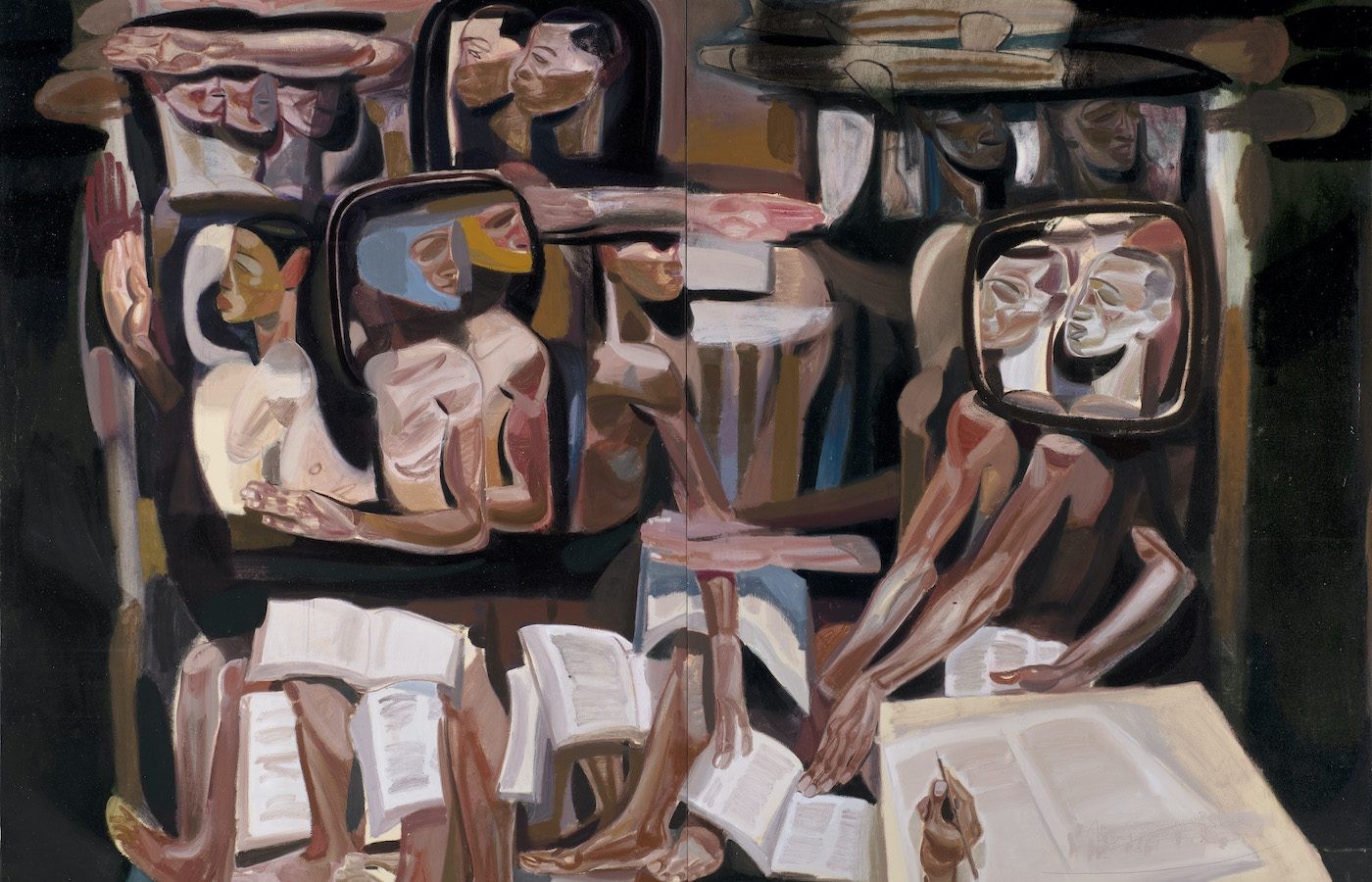
Tesfaye Urgessa: Roots of Resilience
Sep 20, 2025–Feb 15, 2026